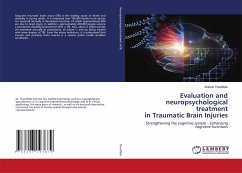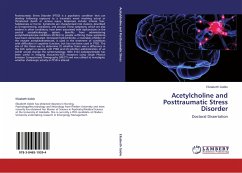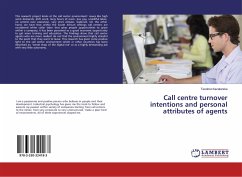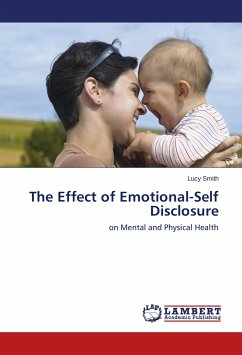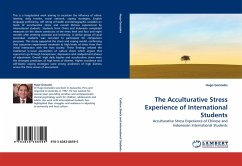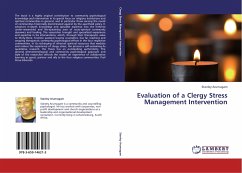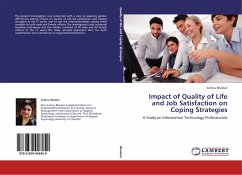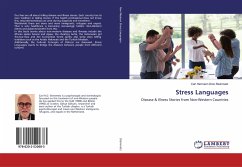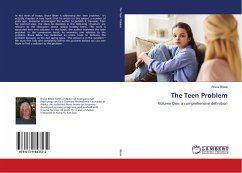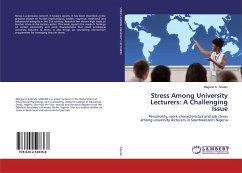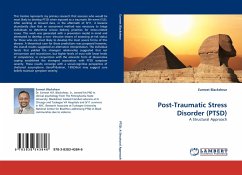
Post-Traumatic Stress Disorder (PTSD)
A Structural Approach
Versandkostenfrei!
Versandfertig in 6-10 Tagen
32,99 €
inkl. MwSt.

PAYBACK Punkte
16 °P sammeln!
This treatise represents my primary research that assesses who would be most likely to develop PTSD when exposed to a traumatic life event (TLE). After working at Ground Zero, in the aftermath of 9/11, it became abundantly clear that an assessment method was necessary to triage individuals to determine service delivery priorities for stress-related issues. This work was generated with a prevention model in mind and attempted to develop a non- intrusive means of assessing at-risk status for those who are most likely to develop the most severe forms of this disease. A theoretical case for these ...
This treatise represents my primary research that assesses who would be most likely to develop PTSD when exposed to a traumatic life event (TLE). After working at Ground Zero, in the aftermath of 9/11, it became abundantly clear that an assessment method was necessary to triage individuals to determine service delivery priorities for stress-related issues. This work was generated with a prevention model in mind and attempted to develop a non- intrusive means of assessing at-risk status for those who are most likely to develop the most severe forms of this disease. A theoretical case for these predictions was proposed however, the overall results suggested an alternative interpretation. The individual facets that yielded the strongest relationship suggested that not introversion and neuroticism, but higher levels of trust with lower levels of competence; in conjunction with the amnestic form of dissociative coping established the strongest association with PTSD symptom severity. These results converge with a social-cognitive perspective of shattered assumptions (Janoff-Bulman, 1992)that may suggest core beliefs maintain symptom severity.



